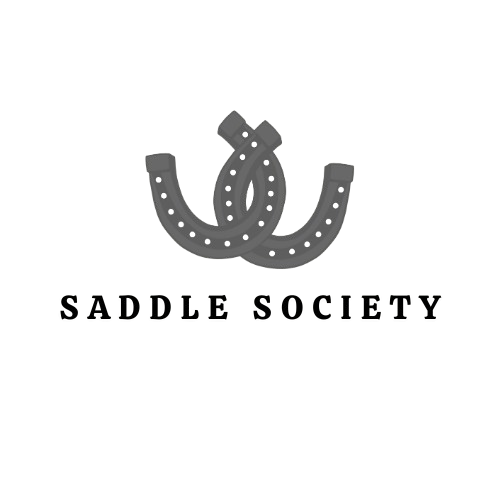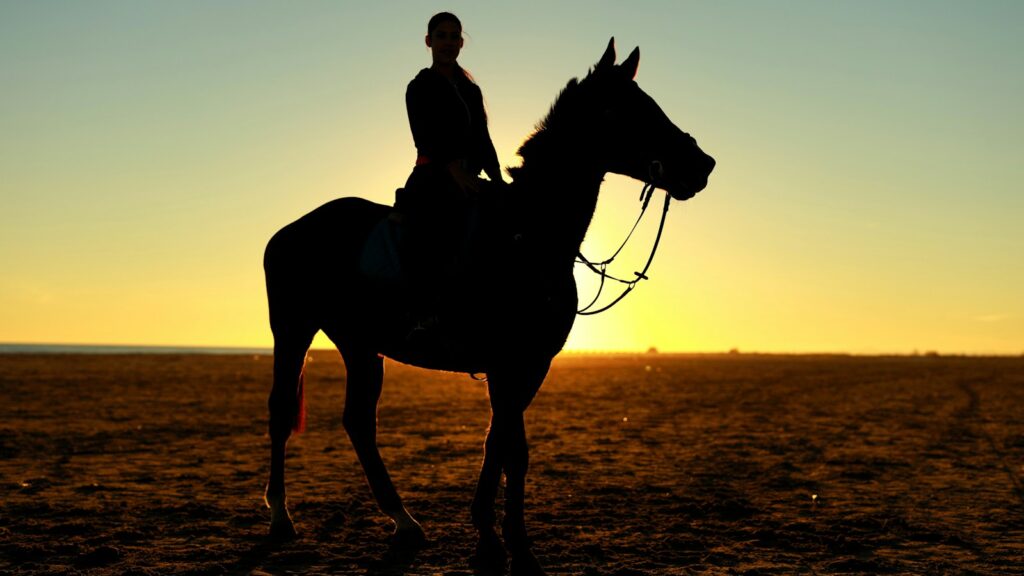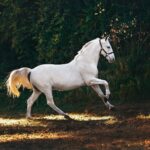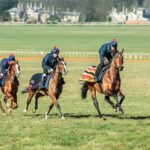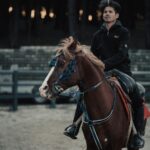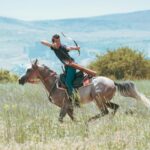Training a horse is a journey that requires patience, consistency, and knowledge. Whether you’re a seasoned equestrian or new to the world of horses, certain training mistakes can hinder progress and potentially damage the trust between you and your equine companion. Understanding these common pitfalls can help you create a more effective and harmonious training experience. This article explores the most significant mistakes to avoid when training your horse, providing practical insights to improve your approach and strengthen your partnership.
Rushing the Training Process
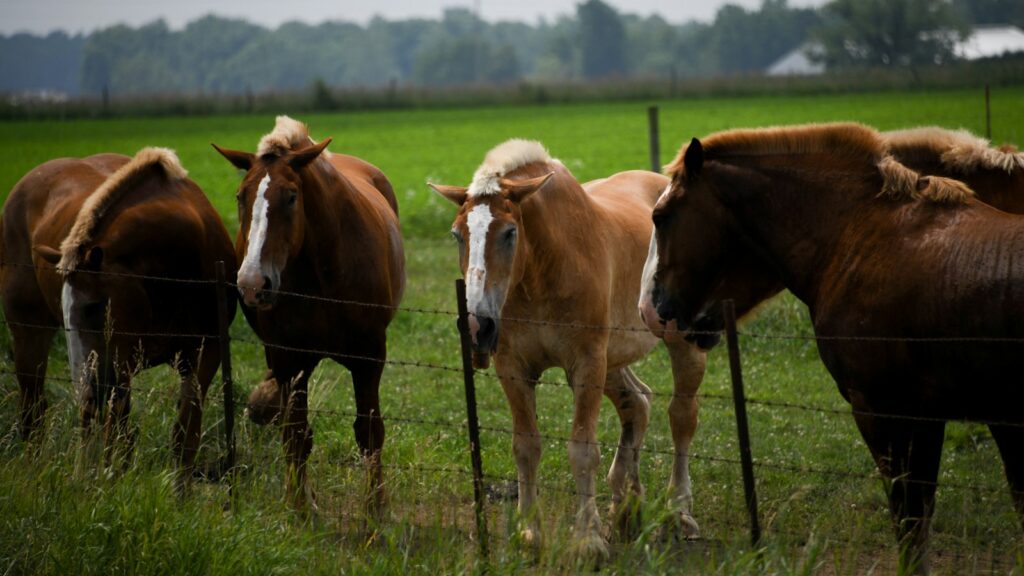
One of the most common mistakes horse trainers make is trying to accomplish too much too quickly. Horses learn through repetition and need time to process new information. Pushing your horse beyond its comfortable learning pace can lead to confusion, frustration, and even dangerous situations. Remember that solid training builds upon previously established skills, creating a foundation of knowledge your horse can rely on. A methodical approach with incremental challenges allows your horse to gain confidence with each success, leading to better long-term results and a more willing partner.
Inconsistent Cues and Commands
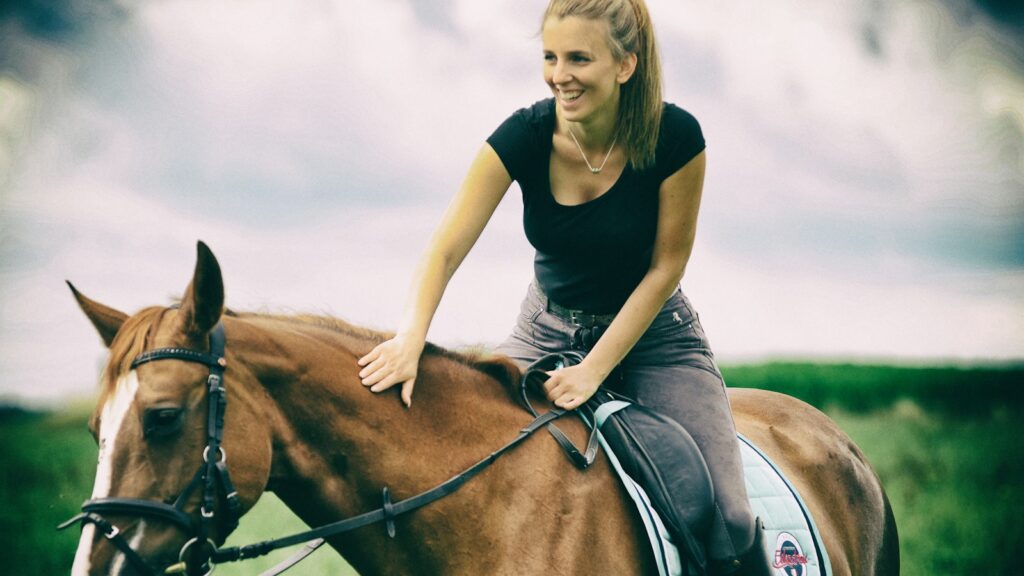
Horses thrive on consistency and become confused when signals vary from day to day. Using different cues for the same action or changing your expectations frequently makes it difficult for your horse to understand what you want. Establish clear, consistent signals for each command and ensure everyone who handles your horse uses the same cues. This consistency extends to your body position, voice commands, and pressure application. When your horse receives the same signals consistently, it learns to respond reliably, creating a clearer communication channel between horse and handler.
Ignoring Foundational Groundwork
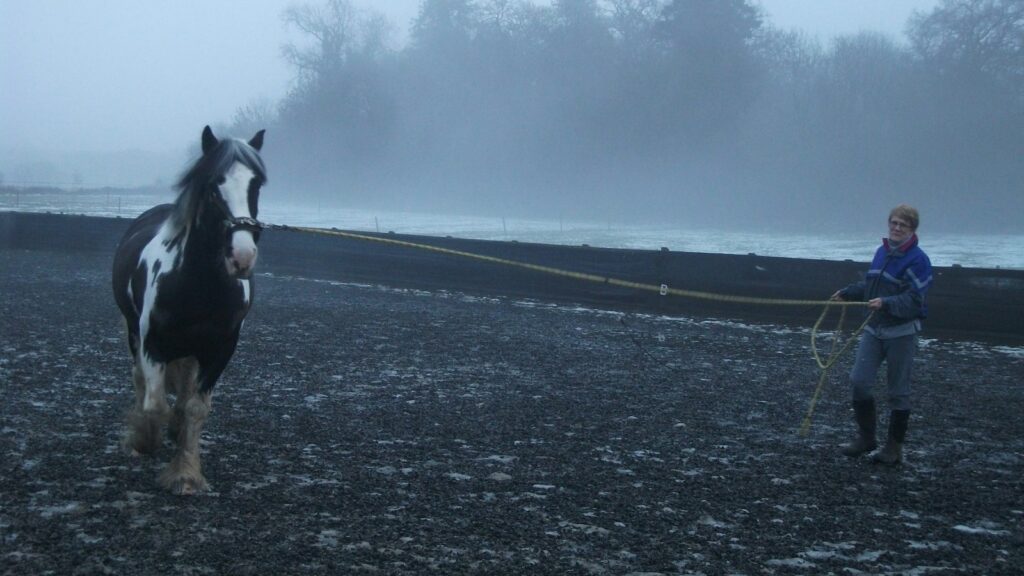
Many riders are eager to saddle up and ride, often overlooking the critical groundwork that builds respect and understanding. Groundwork establishes you as the leader and teaches your horse to respond to basic cues before you ever climb into the saddle. These exercises improve your horse’s responsiveness, suppleness, and willingness to cooperate. Proper groundwork includes leading exercises, yielding to pressure, and desensitization training. Skipping these fundamentals often results in problems under saddle that could have been prevented with proper preparation on the ground.
Relying Too Heavily on Punishment
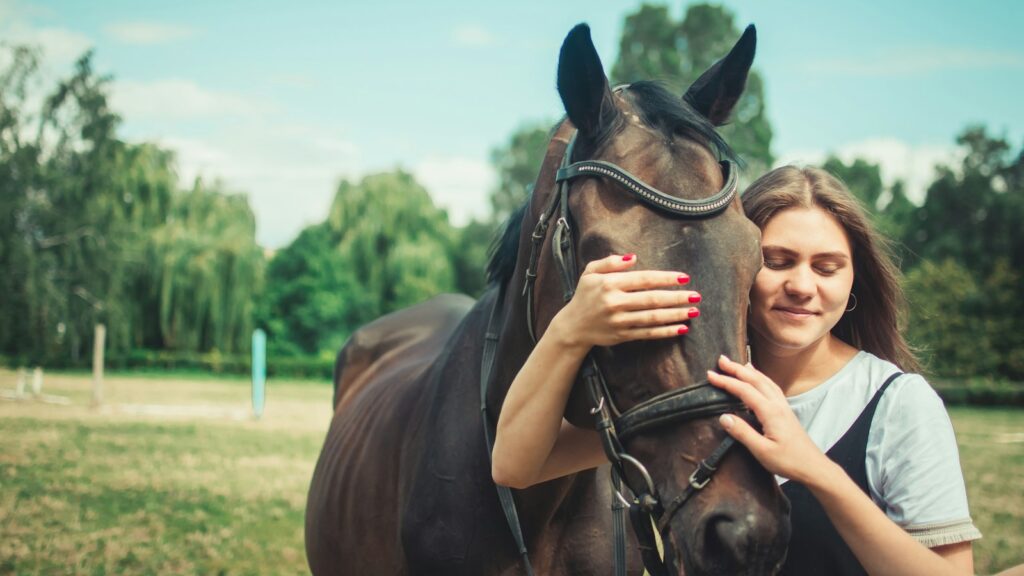
Training that emphasizes punishment over reward creates fear rather than understanding. Horses respond much better to positive reinforcement, where desired behaviors are rewarded through release of pressure, verbal praise, or treats. When a horse associates training with negative experiences, it becomes anxious and less willing to try new things. Instead of punishing mistakes, focus on rewarding attempts and successes, no matter how small. This approach builds confidence and creates a horse that enjoys the learning process rather than dreading it.
Misreading Equine Body Language
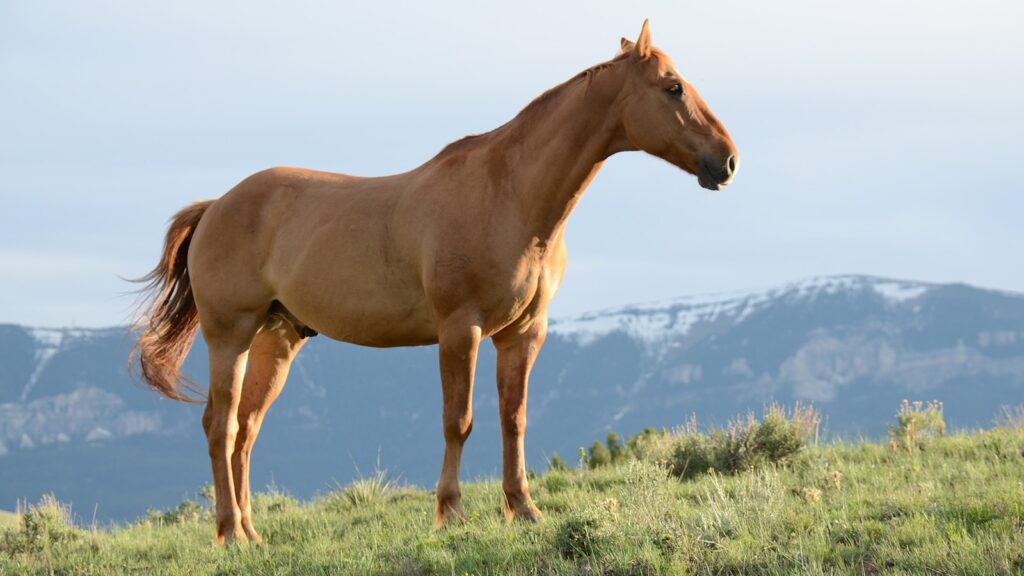
Horses communicate primarily through body language, and misinterpreting these signals can lead to training setbacks. What might look like stubbornness or defiance could actually be confusion, fear, or physical discomfort. Learning to read subtle signs such as ear position, tail swishing, muscle tension, and eye expression helps you understand your horse’s emotional state. This awareness allows you to adjust your approach when your horse becomes stressed or uncomfortable. Developing this skill takes time but becomes invaluable in creating training sessions that work with your horse’s natural responses rather than against them.
Training When Emotionally Frustrated
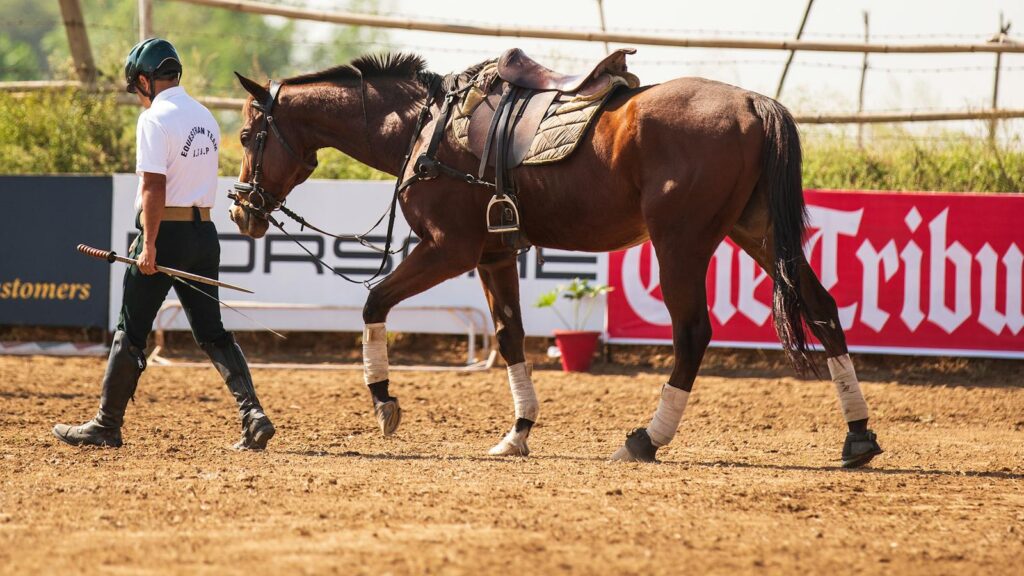
Approaching training sessions when you’re angry, impatient, or frustrated almost guarantees poor results. Horses are incredibly sensitive to human emotions and can detect tension in your body language, voice, and handling. Training while emotionally upset often leads to unreasonable expectations and harsh corrections. If you’re having a bad day or feeling frustrated with progress, it’s better to stick to simple, established exercises or even skip training altogether. Taking a step back when emotions run high preserves the trust you’ve built and prevents damaging the relationship with your horse.
Failing to Consider Physical Limitations
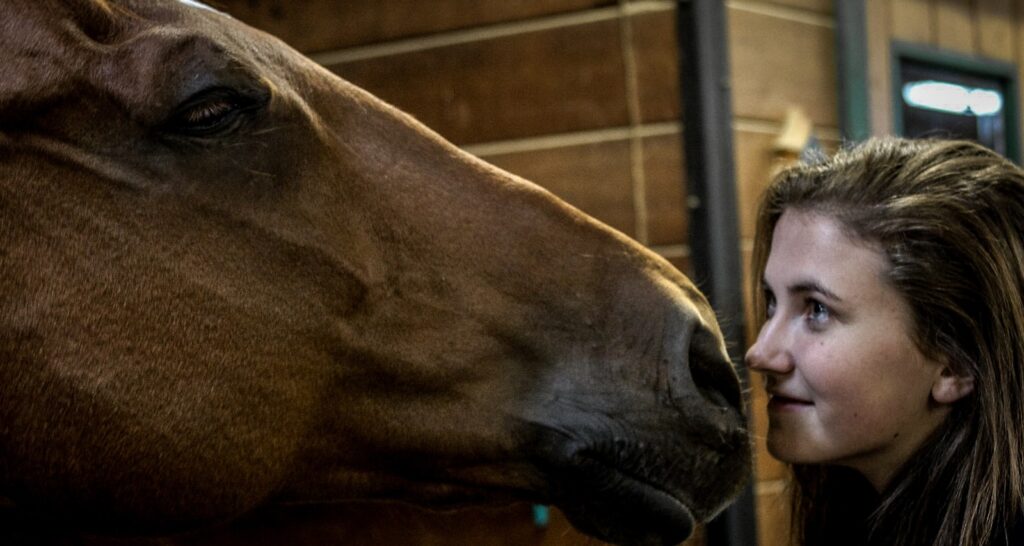
Every horse has physical capabilities and limitations that should inform your training approach. Pushing a horse to perform beyond its physical capacity or requiring movements that are painful due to conformation issues can result in resistance and potential injury. Consider your horse’s age, breed, conformation, and fitness level when establishing training goals. Some horses may never excel at certain disciplines due to their build or natural movement patterns. Working with your horse’s natural abilities rather than against them creates a happier athlete and reduces frustration for both of you.
Overlooking Health Issues
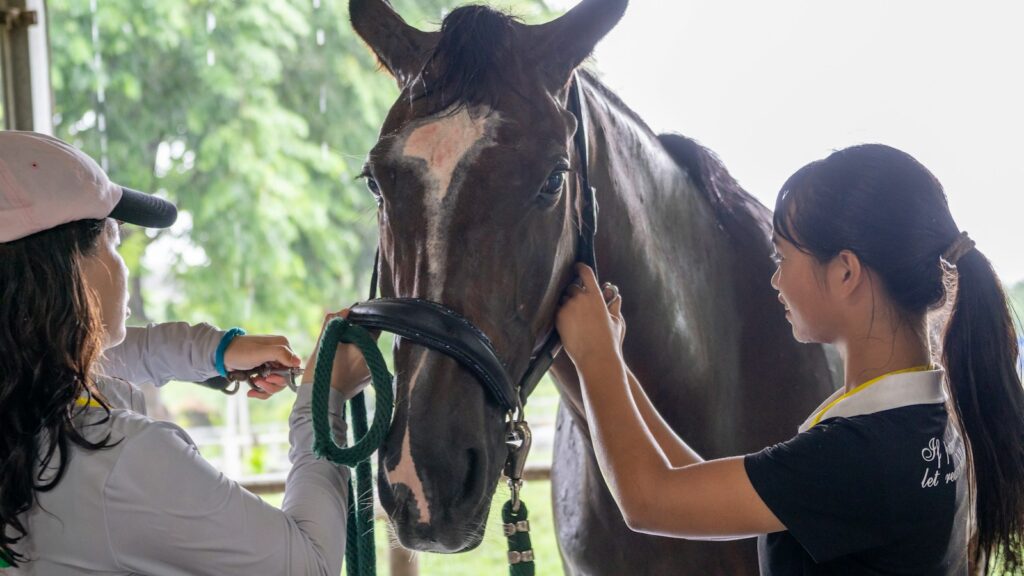
Sudden training problems often have physical rather than behavioral causes. Pain from ill-fitting equipment, dental issues, hoof problems, or musculoskeletal conditions can manifest as resistance, bucking, rearing, or other undesirable behaviors. Before assuming training issues stem from attitude problems, rule out potential health concerns through veterinary examination. Regular health maintenance including dental care, proper hoof trimming, saddle fitting, and chiropractic work when needed ensures your horse can physically comply with your requests. Addressing these issues often resolves training problems without additional intervention.
Neglecting Mental Stimulation
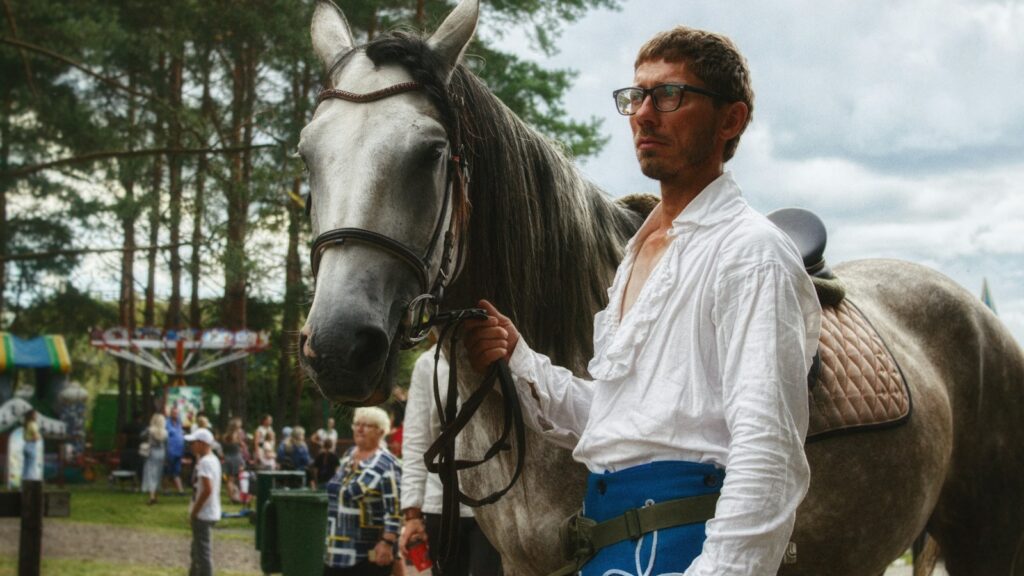
Horses are intelligent animals that need mental challenges as well as physical exercise. Training sessions that become repetitive and predictable can lead to boredom and a lack of engagement. Incorporating variety through different exercises, training environments, and challenges keeps your horse mentally stimulated and engaged in the learning process. This mental engagement prevents vices that develop from boredom and creates a more adaptable, thinking horse. Even small variations in routine exercises can make training more interesting for your equine partner.
Training in Isolation
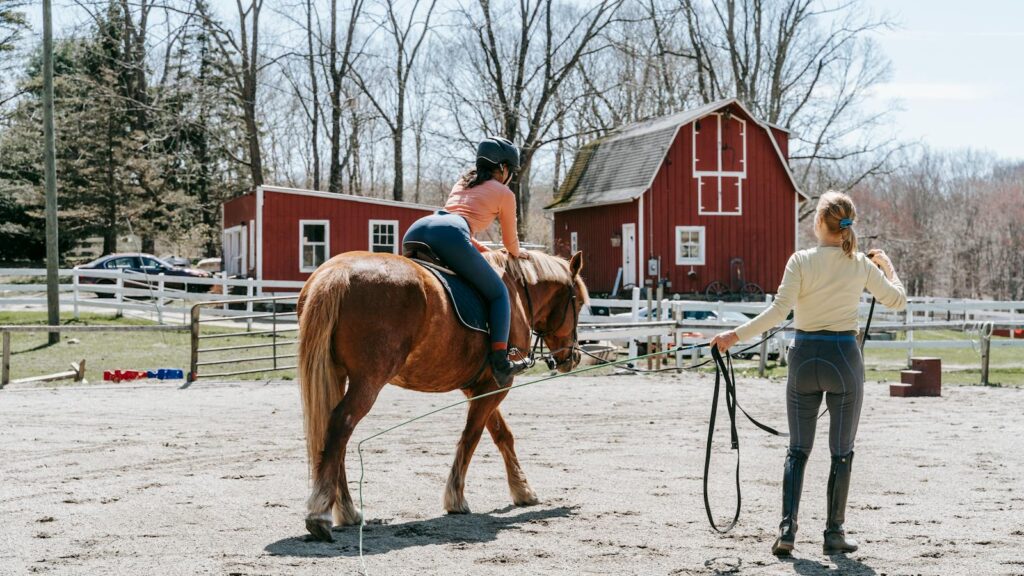
Many trainers work exclusively in arenas or controlled environments, neglecting to expose their horses to varied situations they’ll encounter in real-world settings. This limited exposure creates horses that perform well in familiar surroundings but become anxious or unresponsive in new environments. Incorporating trail rides, group lessons, and exposure to different stimuli builds a more versatile, confident horse. Progressive desensitization to various sights, sounds, and scenarios develops a horse that remains calm and responsive regardless of the environment or circumstances.
Setting Unrealistic Expectations
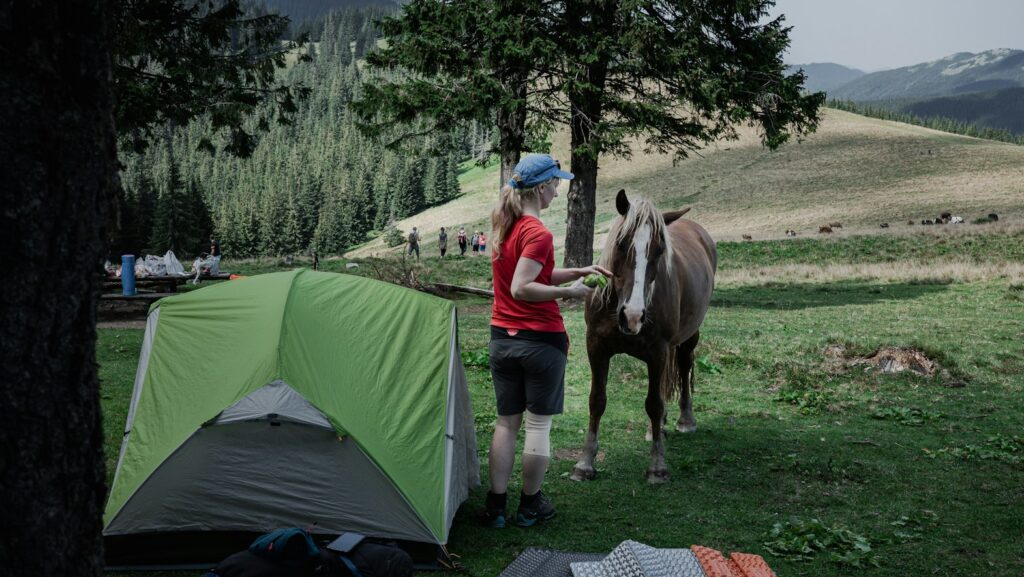
Every horse learns at its own pace, and comparing your horse’s progress to others often leads to frustration and rushed training. Some concepts take longer for certain horses to grasp based on their previous experiences, temperament, and natural learning style. Setting realistic, individualized goals based on your specific horse allows you to celebrate genuine progress rather than feeling disappointed by unrealized expectations. Remember that training timelines in videos and demonstrations often omit the hours of repetition and setbacks that occurred behind the scenes.
Forgetting the Partnership Aspect
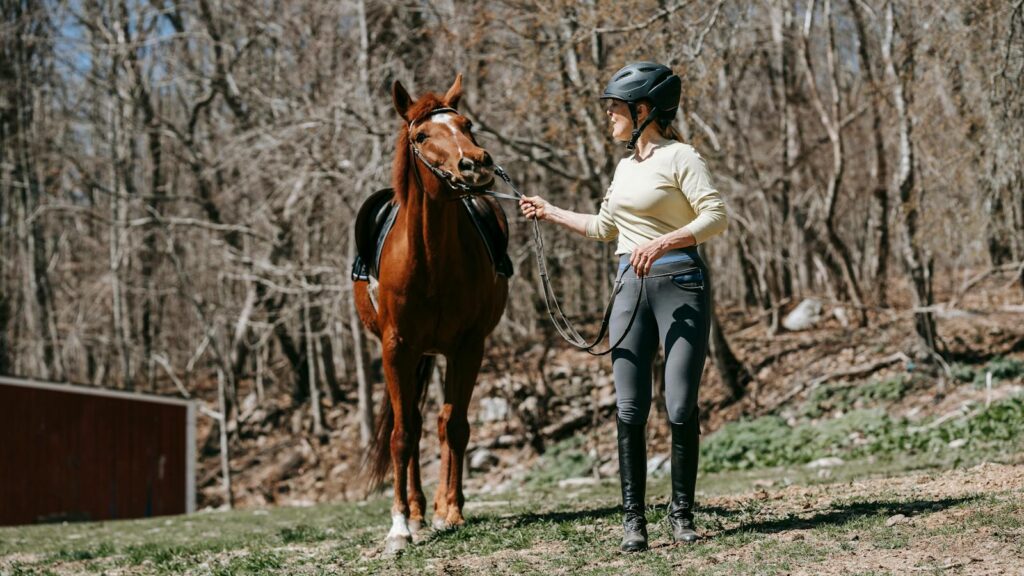
Perhaps the most fundamental mistake is viewing training as something you do to your horse rather than a cooperative partnership. Successful training involves two-way communication, mutual respect, and willingness from both parties. Taking time to build rapport through grooming, groundwork, and positive interactions creates a horse that wants to work with you rather than being forced to comply. The strongest training relationships are built on trust, clear communication, and consistent fairness. When your horse sees you as a trusted leader rather than an unpredictable dictator, training becomes a harmonious conversation rather than a battle of wills.
Failing to Seek Professional Help
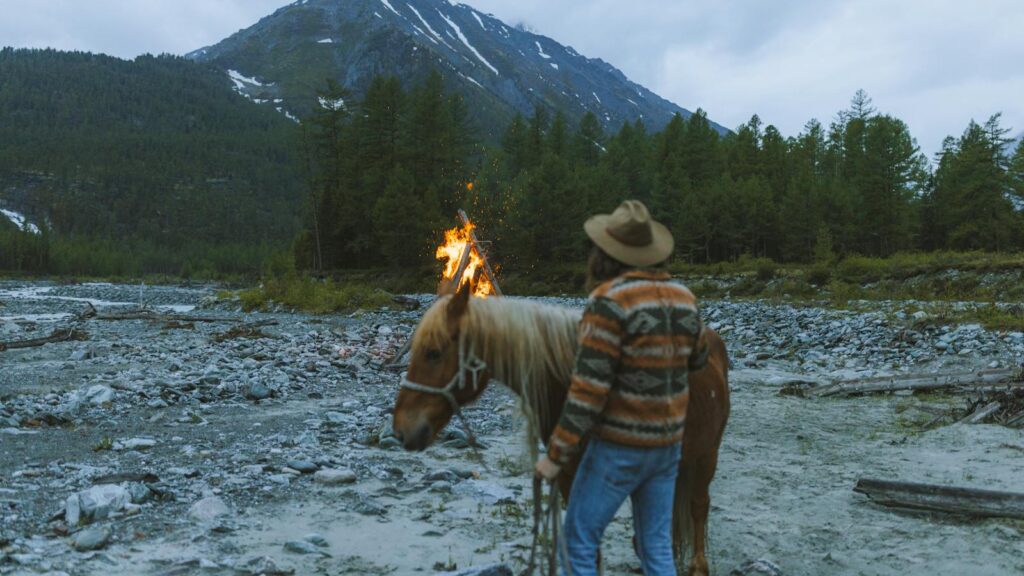
Many horse owners hesitate to seek professional assistance when facing training challenges, either due to pride or financial concerns. This reluctance can allow small issues to develop into entrenched problems that become increasingly difficult to resolve. Professional trainers bring experience, objective assessment, and specialized techniques that can address issues efficiently. Even experienced horse people benefit from occasional lessons or training evaluations to gain fresh perspective. Investing in professional guidance at appropriate intervals often saves time, frustration, and even money in the long run by preventing the escalation of problematic behaviors.
conclusion
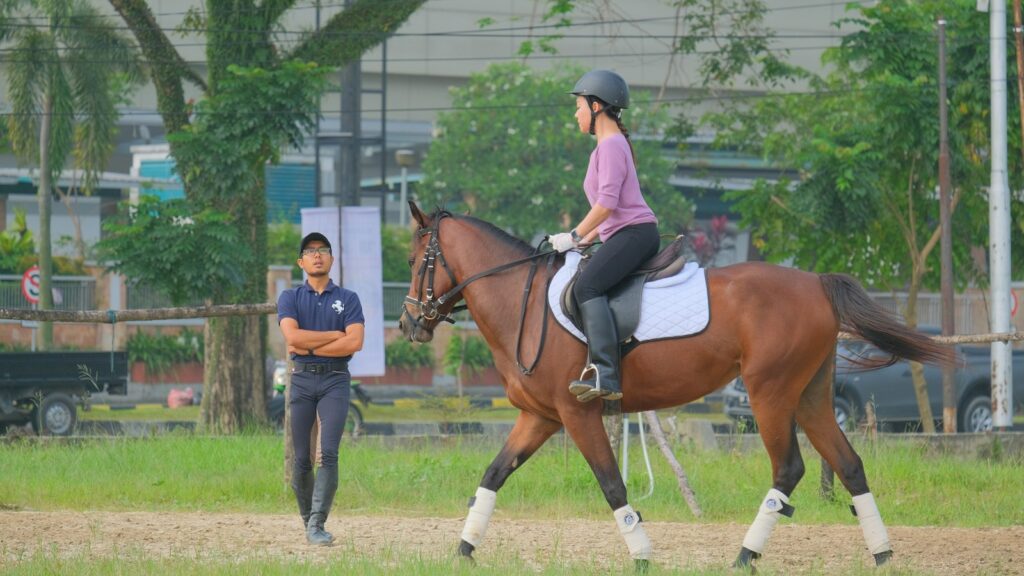
Training a horse requires patience, knowledge, and consistency. By avoiding these common mistakes, you’ll create a more effective training program that builds confidence, trust, and willingness in your equine partner. Remember that the journey of horse training is ongoing—there’s always room to refine your approach and deepen your understanding of equine learning. The most successful horse people maintain a student mindset, continually seeking to improve their methods and enhance communication with their horses. With thoughtful, consistent training that respects your horse’s mind and body, you’ll develop a responsive, willing partner for whatever equestrian pursuits you enjoy.
